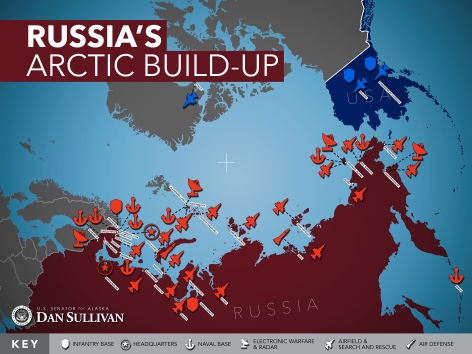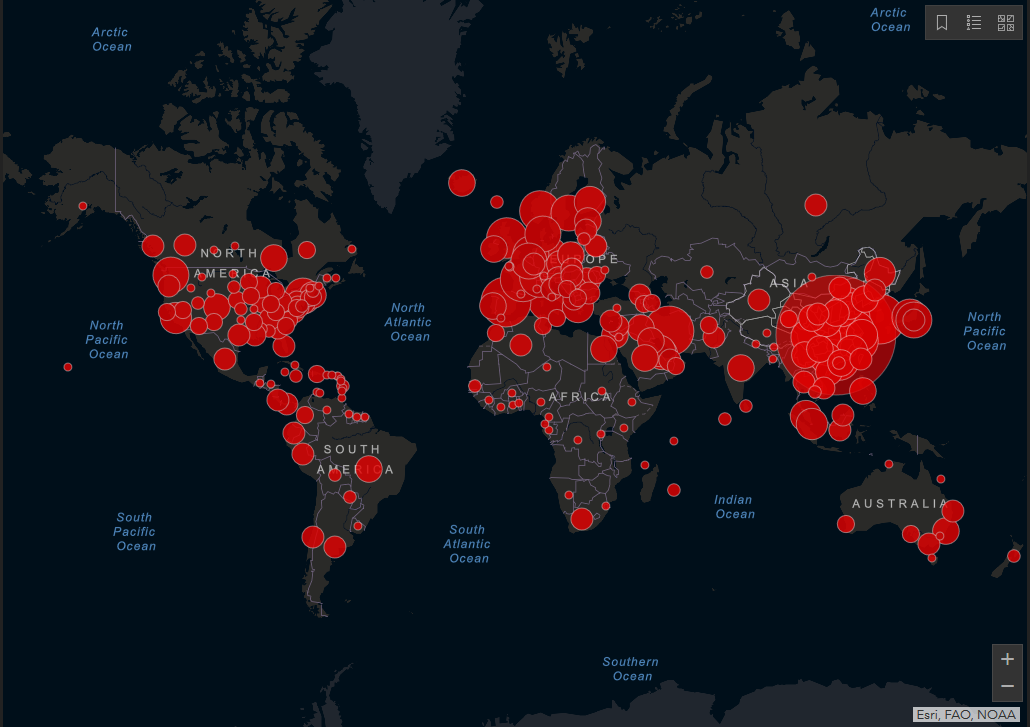 As civil war and street-level agitation for regime change continues to engulf North Africa and the Middle East–most lately in Syria, where socialist dictator Bashar al-Assad has hurled his tanks against protesters–Latin America’s narco-communist despots offer moral justification for the slaughter.
As civil war and street-level agitation for regime change continues to engulf North Africa and the Middle East–most lately in Syria, where socialist dictator Bashar al-Assad has hurled his tanks against protesters–Latin America’s narco-communist despots offer moral justification for the slaughter.
In Nicaragua, past/present President Daniel Ortega has flaunted his friendship with embattled Libyan strongman and arch-terrorist Muammar al-Qaddafi since the early 1980s. Following his re-election in November 2006, after 16 years in the political wilderness, Ortega has made at least one pit stop in Tripoli en route to Tehran, where he has also cultivated an alliance with Hitler wanna-be President Mahmoud Ahmadinejad. This week, Inside Costa Rica revealed that at the beginning of his second administration, “Comandante” Ortega appointed Mohamed Lashtar as his personal secretary and advisor for international affairs. Lashtar is a nephew of Qaddafi.
The revitalized symbiotic relationship between Nicaragua and Libya was revealed by Paul Trivelli, US ambassador to Nicaragua between 2005 and 2008, in four confidential cables signed in 2007. These cables were originally published by WikiLeaks in cooperation with Costa Rica’s La Nacion and then concurrently published in Nicaragua by Confidencial, La Semana, and El Nuevo Diario. Trivelli contends that Lashtar, who also goes by the name Mohamed El-Ashtar Ferrara, worked for his uncle’s intelligence network in the last decade of the Cold War.
Pictured above: While visiting Iran (probably in June 2007), Ortega walks with host and counterpart Ahmadinejad. Lashtar is indicated by the yellow circle.
According to La Nation, a youthful Lashtar, now 51 years old, arrived in Nicaragua in the mid-1980s, during the first Sandinista dictatorship, at which time he worked in the Libyan Arab Cultural Center, which is attached to Libya’s embassy in Managua. In the 1990s, while a series of US-backed governments ruled in Managua, Lashtar apparently became a citizen of Nicaragua, even as he represented Libya’s agricultural investments in that country. For more than a decade, he was also one of Ortega’s key financial and political operators until the latter’s surprise return to the presidency in January 2007.
Today, Lashtar manages the Nicaraguan Agropecuaria Arab Jamahiriya (Anilib), which was founded as a joint Nicaraguan-Libyan business venture nearly 30 years ago, that is, in 1983. Together, the Ortega clan which, as in the 1980s is still up to its armpits in red cocaine, and Qaddafi’s nephew are connected to several private businesses in Nicaragua. This includes Celeste SA which, according to the newspaper La Prensa, recently assumed control over Nicaragua’s Channel 47 television station.
Since January 29, 2007, Lashtar has held the position of “Private Secretary to the President for International Affairs,” an appointment that awards him the rank of ambassador and an office in the Nicaraguan Chancellery, as confirmed by Foreign Minister Samuel Lopez Santos. Lashtar is assistant to Jacinto Suarez Espinoza, who is both the Sandinista National Liberation Front’s international relations director and Nicaragua’s deputy in the Central American Parliament (Parlacen).
La Nation tried unsuccessfully to interview Lashtar, who did not return messages left on his cell phone or email. In view of Qaddafi’s personal link to the first and second Sandinista regimes, is it any wonder that Ortega rushed to offer moral support for the strongman when the Libyan civil war erupted this past February, or that former Nicaraguan foreign minister Miguel d’Escoto Brockmann offered to represent Libya at the United Nations?
Meanwhile, Venezuela’s dictator, Hugo Chavez, who buddies around with Ortega, Qaddafi, Assad, and Ahmadinejad, has thrown his “good name” within the communist stratosphere behind Syria’s embattled 47-year-old Ba’athist regime. “From here [Caracas] we greet president Bashar al-Assad,” Chavez gushed, after witnesses on Monday reported that Syrian troops and tanks rolled into the town of Daraa, epicenter of recent anti-regime protests, killing at least 25 people. Chavez railed:
Terrorists are being infiltrated into Syria and producing violence and death — and once again, the guilty one is the [Syrian] president, without anyone investigating anything. They’re starting to say: ‘Let’s see if we sanction the government, we’re going to freeze their assets, we’ll blockade them, throw bombs on them, in order to defend the people.’ Wow, what cynicism. But that’s the Empire. It’s imperial madness.
Incidentally, when Chavez rambles on about “the Empire,” he is referring to the USA. Some 390 people, according to human rights activists, have been killed in security crackdowns since the protests erupted in Syria. Chavez, not to mention mentor Fidel Castro, has also applauded Qaddafi’s defiance of NATO airstrikes and a potential ground war, slamming the military intervention on the side of the Libyan rebels as an “oil grab” by Western capitalists.
Sitting on top of a pile of narco/petro-dollars, Chavez has not only propped up the paleo-communist regime in Cuba, but also exported his “Bolivarian Revolution” to other countries in the region. Using a variety of channels–such as laundering drug money through state-run oil giant PDVSA and front companies of the Bolivarian Alliance for the Americas (ALBA)–Chavez has secured the allegiance of left-communist regimes in Argentina, Bolivia, Brazil, Ecuador, El Salvador, Guatemala, Nicaragua, Paraguay, and Uruguay. He has also tried to financially manipulate a past center-right government in English-speaking Belize and past center-left candidates in Mexico and Panama. His support for the Revolutionary Armed Forces of Colombia’s narco-communist insurgency is too well documented to credibly refute.
Lately, Chavez has cultivated his political and personal relationships with Peru’s left-nationalist presidential candidate, ex-soldier and “red diaper baby” Ollanta Humala, who faces a run-off vote on June 5. Humala’s center-right opponent is Keiko Fujimori, daughter of Alberto Fujimori, the disgraced past president of Peru, who in 1992 launched a vigorous counter-offensive against the Maoist guerrillas of the Communist Party of Peru-Shining Path. In addition to his own Peruvian Nationalist Party (PNP), a coalition of hard-left groupings has lined up behind Humala, including the Socialist Party, Peruvian Communist Party, Revolutionary Socialist Party, and Political Movement Socialist Voice.
In late March, during a TV interview, Humala, who is the son of a communist lawyer, failed to adequately distance himself from Chavez. A Peruvian news anchor posed the following question to the head of the PNP: “Is President Hugo Chávez a dictator, yes or no?” Humala refused to answer the question, leaving the audience to make up their own minds about the candidate’s position. “If a president, whether elected by the people or not, disregards the Parliament, he rules as a dictator,” he said evasively, “And if Chávez’s government is disregarding the National Assembly, he is ruling as a dictator. I am not saying he is a dictator. I am not like Chávez.” Meanwhile, the other Peruvian presidential candidates continued to hack away at Humala’s alleged sympathy for the Venezuelan president, who has been ruling by decree since January.
During Peru’s 2006 election, when Humala made a previous run for the presidency, Jorge Rodriguez, Chief of Venezuela’s Electoral Council and Chavez’s special envoy to Peru, was on-site to encourage the PNP leader.
Should Humala scoop up the presidency, Lima will likely fall within the orbit of the Havana-Caracas Axis, possibly leading to Peru’s incorporation into ALBA. A Humala victory might also embolden the country’s resurgent Shining Path narco-rebellion. One outcome is certain: the USA’s friendly relationship with Peru under President Alan Garcia’s American Popular Revolutionary Alliance will terminate.
Libya and, for that matter, Hezbollah-occupied Lebanon are not the only terrorist-sponsoring states to set up shop in the Americas. Iran has pursued political and economic relations with Venezuela, Nicaragua, and Ecuador. Last November, according to Germany’s Die Welt, Tehran and Caracas concluded a secret military pact that will permit Iran to deploy medium-range Shahab 3 missiles and missile troops in the South American country, rendering the southern USA vulnerable to nuclear-biological-chemical attack.











